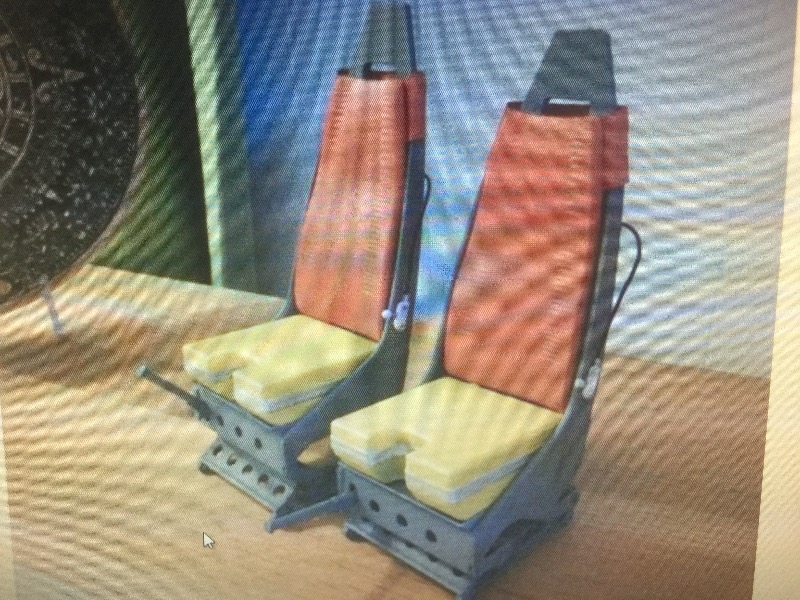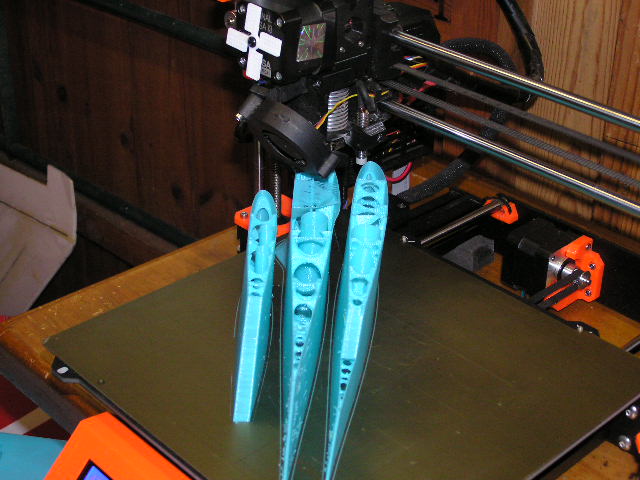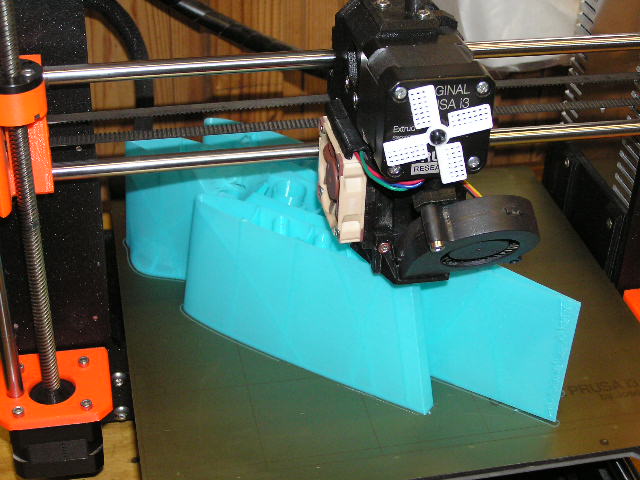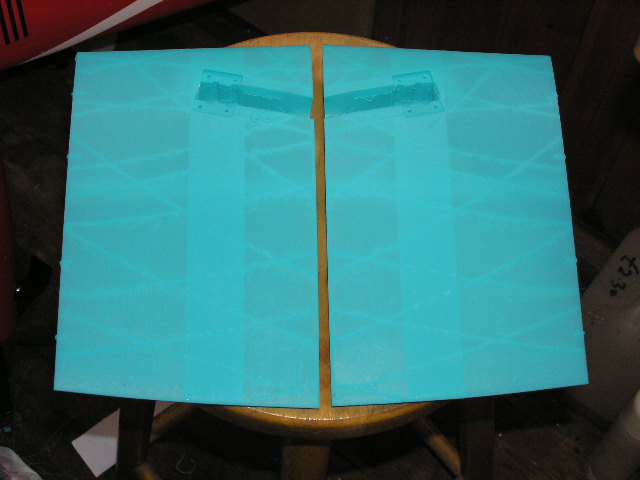- Posts: 1048
- Thank you received: 415
3D Printing
-

- Visitor
-

Please Log in or Create an account to join the conversation.
-

- Visitor
-

Brian wrote: I can only say that I was a bit worried, but now I've read about the pitfalls for the unwary, I'm a lot more worried than I was!
The PLA filament I intend to use is very strong, for PLA that is. The write up reckons it performs more like ABS. The printed bond is excellent, so no delaminating, and it takes a variety of glues. I'm going to do some test pieces first, I'll try using Acetone as an adhesive to see if the joints are as strong as superglue. I think that this project will be OK. The LabPrint download seems to cover just about everything, and the program has been designed to work straight away with a PRUSA i2 or i3 printer with no modifications other than adjustments to allow for choice of filaments. Whichever way this project turns out, either a pristine "warbird" or a tangled mess, I shall write of the experience so that the members can read, and find some amusement in my jottings. In any case, it'll take minds off the stressful business of taking a model to Cashmoor, and flying it
Brian here are a set of seats I printed for a wesssex Helicopter
Please Log in or Create an account to join the conversation.
- Brian
-
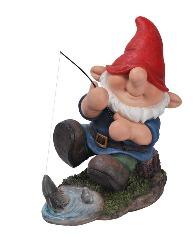 Topic Author
Topic Author
- Offline
- Platinum Member
-

The supplied program was a bit light on information, and I found that it was a hit and miss affair to get the initial layer to stick to the heated bed. Finally I stopped wasting filament and had a good look at the extruder. Unfortunately I'd let my enthusiasm allow me to forget that I'd bought a second hand printer, and there could be some issues with it. I read the printer's manual, something I should have done first. Dismantling and examining the extruder and the rest of the "hot bits" was the way to go. I had to replace a worn PTFE tube as well as a dodgy looking nozzle. As well as the obvious worn/damaged parts, there was a lot of plastic around the head which had solidified. It took quite a while to get all the parts into a fit state to reassemble, then it was a case of re-calibrating the printer and doing some routine test prints from programs supplied by the printer's maker. I bought some ultra cheap PLA filament, reloaded the P-47 and pushed the "start" button. Several hours later I had the tail plane and elevators, rudder and rear fuselage complete with fin. I was relieved to find that the finish was quite good, no more mysterious blobs and missing bits.The designers have done a very good job on the structure, even incorporating slotted pockets for the hinges.This model isn't for flying, the PLA is not ideal regarding strength and durability. This one is to make sure I can cope with the building, there's a lot of joints, and a lot of superglue. The model is literally "built in the hand", that means aligning the parts will have to be extremely accurate. Fortunately the designers have incorporated small edge tabs that help, but they are by no means foolproof. The parts can only be held gently as the outer skin is very thin and very flexible until its stuck to the next section.
The photos of the parts being printed are of the left wing centre section, and the two parts of the outer wing. The white windmill vanes on the extruder motor casing are just to show that the motor is turning, these are an "add on" from the Prusa community website. The two inner wing parts are on the stool and show the mounting positions of the retractable gear.
Please Log in or Create an account to join the conversation.
-

- Visitor
-

Please Log in or Create an account to join the conversation.
- Brian
-
 Topic Author
Topic Author
- Offline
- Platinum Member
-

- Posts: 1048
- Thank you received: 415
Please Log in or Create an account to join the conversation.
- Brian
-
 Topic Author
Topic Author
- Offline
- Platinum Member
-

- Posts: 1048
- Thank you received: 415
Please Log in or Create an account to join the conversation.
Latest Posts
-
-
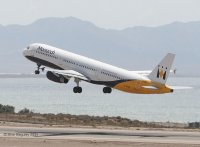
- Fixed wing FPV pilots?
- In Activities / Jet Flight and EDF
- by kevinross
- 1 day 17 hours ago
-
-
-

- How old are your Fuel Lines?
- In Activities / Gas-n-Glow
- by Phil Ford
- 2 days 19 hours ago
-
-
-

- F4 Scale World championships 2024
- In Main Forum / Announcements
- by DavidTappin
- 4 days 19 hours ago
-
-
-

- Back to Basics
- In Activities / Kits n Scratch Build
- by kevinross
- 1 week 1 day ago
-
-
-

- Valkyrie Slope Soarer
- In Activities / Glider & Slope
- by Phil Ford
- 1 week 5 days ago
-
-
-

- RC Model World Sportstar
- In WimborneMac Members / For Sale - Exchange - Wanted
- by Brian
- 2 weeks 22 hours ago
-

